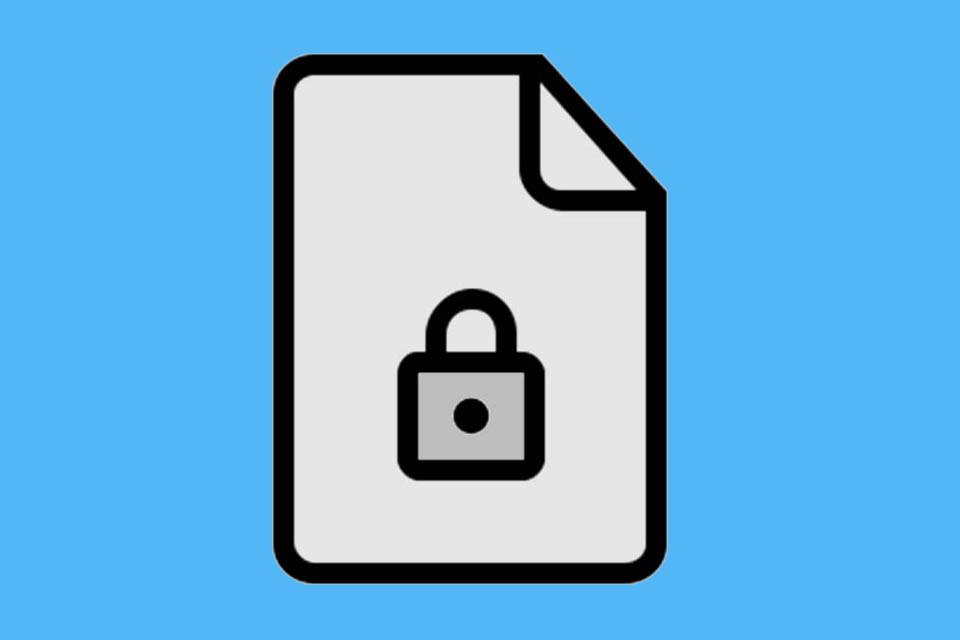What is Traceability?
Smartpedia: Traceability describes the ability to track relationships between requirements and arctefacts in a development process from the need to the implemented solution.
Traceability- understanding relationships between artefacts
Traceability is an term which is composed of “trace” and “ability” and refers to the ability to trace. Different works emphasise different aspects of traceability. ISO/IEC/IEEE24765:2017 defines traceability in the area of system and software engineering as “a distinguishable link between two or more logical entities such as requirements, system elements, verifications and tasks”. Traceability is therefore the ability to understand relationships between artefacts in the development process.
- Pre-Requirements Traceability refers to the traceability between requirements and their source. Example: Which stakeholder is interested in which requirement? Which specific requirement covers the needs of a stakeholder? Traceability thus functions in both directions (also referred to as forward or backward traceability).
- Post-Requirements Traceability refers to requirements and their relationship to other artefacts, such as design, code, test cases, etc. Example: How was a requirement implemented? Which test case validates which requirement? Here, too, traceability works in both directions, e.g. from the requirement to the test case or from the test case to the requirement.
- Inner Traceability refers to the relationship between requirements such as business, stakeholder or solution requirements and their documentation, e.g. in the requirement specification.
- Requirements-to-Task Traceability describes the connection between requirements and project management tasks. This type of traceability makes the requirements implementation process comprehensible and answers questions about the complexity of a requirement, the developer who implements it, or the specific status.
Traceability via software
Traceability should not be confused with the terms revision security and IT compliance. Organisations have to decide individually how it is to be produced – e.g. manually or automatically. However, the creation of a manual traceability matrix is too time-consuming for many organisations; they rather rely on lean traceability, i.e. the tracking of requirements and their artefacts as required. Database-supported software solutions are useful here.
Traceability is supported by practically all current programmes in the field of requirements management, requirements engineering or application lifecycle management. Of course, it is recommended to take a close look at the propagated features if necessary. Here you will find a list of corresponding tools:
- YAKINDU by Itemis
- Polarion Requirements by Siemens
- DOORS Next by IBM
- Enterprise Architekt by Sparx Systems
- Reqchecker by Khilogic
- Helix ALM by Perforce
- Visure Requirements
- TraceCloud
- Cradle by 3SL
- SpiraTest by Inflecta
Notes:
Here you can find a video on the topic: What is Requirements Traceability and When Does It Matter?
If you like the article or would like to discuss it, please feel free to share it in your network. And if you have any comments, please do not hesitate to send us a message.
Here you will find additional information from our Smartpedia section:



